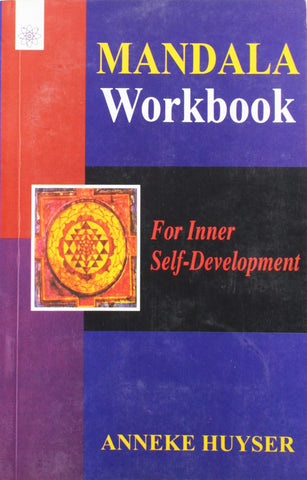Your cart is empty now.
Disagreements concerning the nature and extent of the universe constitute a focus of theological debate which permeates Buddhism at every level. While there have been numerous attempts to catalogue the details of the Buddhist cosmologies, none has attempted a general interpretation of their underlying intention. This work attempts to begin the process of interpreting the major phases of Buddhist Cosmological speculation by seeing in them various dramas of salvation tailored to the philosophical and theological predilections of their respective traditions. To a large extent, this interpretation relies on an examination of continuities between the Buddhist cosmologies and those of the Hellenistic world as a whole. In the course of this study, two major cosmological traditions emerge; those which rely on metaphors of time and those which rely on metaphors of time and those which rely on metaphors of space. The former is associated with the Hinayana and the latter with the Mahayana forms of Buddhism. Each draws on images of motion and light to articulate its vision of the drama of salvation.
About the Author(s)
W. RANDOLPH KLOETZLI, a PhD in the History of Religions. He has taught courses in Hinduism, Buddhism and Comparative Religious Cosmologies at The American University, George Washington University and Dartmouth College.
The following pages grow out of an interest I developed in the cosmologies of Buddhism when I first read the popular Buddhist text known as The Lotus of the True Law (Saddharma-pundarika). The boldness of imagery, the certainty of the statement and the fantastic scenarios which accompany the sermons of the cosmic Buddha in this text were startling and incomprehensible and required an explanation. None was to be found. Because of the central place which these speculations occupy, I imagined correctly that this was a topic worthy of future research and-incorrectly-that such research could be accomplished expeditiously. Bright hopes dimmed.
After many years of trying to unravel these mysteries, three facts became apparent:
(1) There were actually two discrete strands within these cosmological materials; those emphasizing time or motion as the basic cosmological metaphor and those emphasizing images of space and light.
(2) All phases of Buddhist cosmological speculation were closely related and each could not be understood apart from the others.
(3) The cosmologies of Buddhism did not exist in isolation but were closely related to the broader scientific and theological speculations which captured the imagination of the entire Classical world-particularly the ancient sciences of mathematics and astronomy.
As a result of bringing these various perspectives to bear on the problem of Buddhist cosmology, a coherent and convincing picture began to emerge. In the pages that follow, Buddhist cosmological speculation is presented in terms of four major moments: (1) the single world system, (2) the "cosmology of thousands," (3) the "cosmology of innumerable," and (4) the cosmologies of the Pure Land sects. The "cosmology of thousands" and the "cosmology of innumerable" are the two major strands of what I have termed mathematical cosmologies. They are the primary focus of this work for two reasons. First, they have provided the key with which to understand the intention behind the other Buddhist cosmologies. Second, it is the mathematical cosmologies which present the scientific basis of all Buddhist cosmological speculation in the sharpest relief.
This work, then, is divided as follows. Chapter I presents the major moments of cosmological speculation in the history of Buddhist philosophy, their perception in modern scholarship and the major problems with these perceptions. Chapter II presents the outlines of the single world system with some general insights into the intention behind this perception of the universe. While the single world system is not the primary concern of this work, it is presented here in some detail in order to serve as a convenient reference and to show its relationship to other phases of Buddhist cosmological speculation. Chapters III-IV present the outlines of the "cosmology of thousands," providing the first effort at interpreting the central concept of this cosmology and analysing the key moments in the drama of salvation which are central to this cosmology. Chapters V-VI present the structures of the "cosmology in innumerable" together with the radically changed drama of salvation to be found here. It is these chapters which constitute the core of this study and establish a clear distinction between the cosmologies of the Hinayana and those of the Mahayana as well as the scientific basis underlying each. Chapter VII summarizes the key differences between the drama implicit in the two mathematical cosmologies, presents additional suggestions which cannot be fully developed in this work and attempts to expose the most basic issues which confront us in the study of the Buddhist cosmologies. Finally, Chapter VIII presents a discussion of the available bibliography both as a summary of materials reviewed in this study and as a resource for future research.
As a result of the publication of this work, I am able to formally acknowledge the debts I owe to those who have provided encouragement and shaped my interests along the way. My debts are indeed great. My parents to whom this work is dedicated provided a home in which religion was a focus of personal concerns. At Wittenberg University, I was exposed to a healthy theological and philosophical reexamination of Western religiosity and introduced to the study of "comparative religions." I continue to feel a great debt of gratitude for my teachers during those years, especially to the memories of Milton Kleintop and Margaret Ermarth. In 1964, I entered the University of Chicago to study the History of Religions. Among the persons I recall with gratitude and affection from this period are Joseph Haroutunian, Joseph Sittler, Frank Reynolds and J.A.B. van Buitenen. In addition, it was an undeniable privilege to have been exposed to two of the great minds of the twentieth century-Paul Tillich and Mircea Eliade.
Following my years at the university, I became a civil servant, a position I have found more challenging than I had imagined. It is no small debt that I acknowledge to the U.S. Department of Labor for providing me with a livelihood as well as with a period of ten years. During these years, my interest in scholarship has been kept alive in large part as a result of the encouragement of Alf Hiltebeitel. As a result, I am unable to fully acknowledge the debt which I owe to Alf both as a friend and as a teacher. It is almost certain that had it not been for his steady encouragement, this study would never have been completed. The catholicity of his interests, his grasp of detail which is so important in coming to terms with the Indian materials, and his aggressive pursuit of bibliography have opened many avenues for me. Without his encouragement and example, this research would have foundered at many more points than it did.
Finally, I would like to express my gratitude to everyone who has been my friend over the years of this research despite the obstacles I placed in the way. In particular, I would like to acknowledge a special debt to Catherine Romano who listened at length to the tangled details of this project and who despite prudent doubts, had the sensitivity to celebrate with me when the threads finally became apparent.
Reviews
This study of Buddhist cosmology is valuable for the Buddhist students .it is one of the easiest sources to use as a reference book; a kind of cosmology, particularly its definition as a pre-scientific speculation on the mysteries of time, space and the world totality as it influences man's spiritual behaviour should he decide to embark on the universal spiritual trek of ultimate freedom.
Those students, whatever Buddhist orientation they have received and who have previously regarded the cosmologies as mythic problems of the past and represented primitive speculations, will benefit immensely by reading this interesting book. It also suggests untangling a lot of misconceptions of the Pure Land tradition-at least as far as the meaning and significance of the Buddha's power and creative and spiritual presence are concerned.
The Pacific World, Journal of the Elson Snow
Institute of Buddhist Studies
Vol. 1 No.3. Spring 1984
One is grateful to the author for finally presenting a discussion on the available bibliography both as a summary of materials reviewed in his comprehensive study and also as resource material for future research.
May' 83 K.M. Talgeri
Randy Kloetzli has provided a considerable service for students of Buddhism recalling attention to the importance of cosmology in the teaching of the path toward enlightenment and by noting three kinds of cosmologies representing two alternate traditions in the development of Buddhist thought.
The Journal of Religion Frederick J. Streng
Vol. 64, No. 1, Jan 86
| Preface | ix | |
| List of Figures | xiii | |
| Abbreviations | xv | |
| Chapter | ||
| I | Buddhist Philosophy and The Major Movement of Cosmology | 1 |
| II | The Cakravala or Single World System: The Monastic Guide to Brahma's Pure Realm | 23 |
| III | The "Sahasra-Cosmology" or "Cosmology of Thousands": To Multiply What is Unified and Unify What is Multiple | 51 |
| IV | The Drama of the "Sahasra-Cosmology" and The "Path" | 73 |
| V | The "Asankhyeya-Cosmology" or "Cosmology of Innumerables" and The Teaching of Light | 91 |
| VI | The Eschatology of The "Asankhyeya-Cosmology": Buddhas Numerous As The Sands of The Ganga | 113 |
| VII | Conclusion: Motion and Light | 133 |
| VIII | Bibliographical Resources | 145 |
| Bibliography | 173 | |
| Index | 191 |

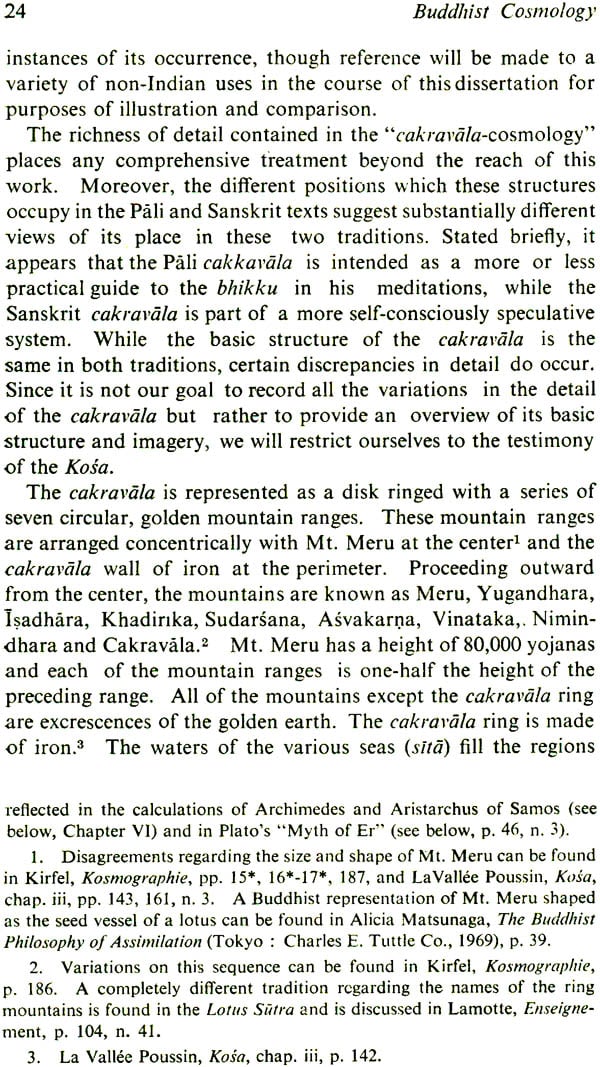
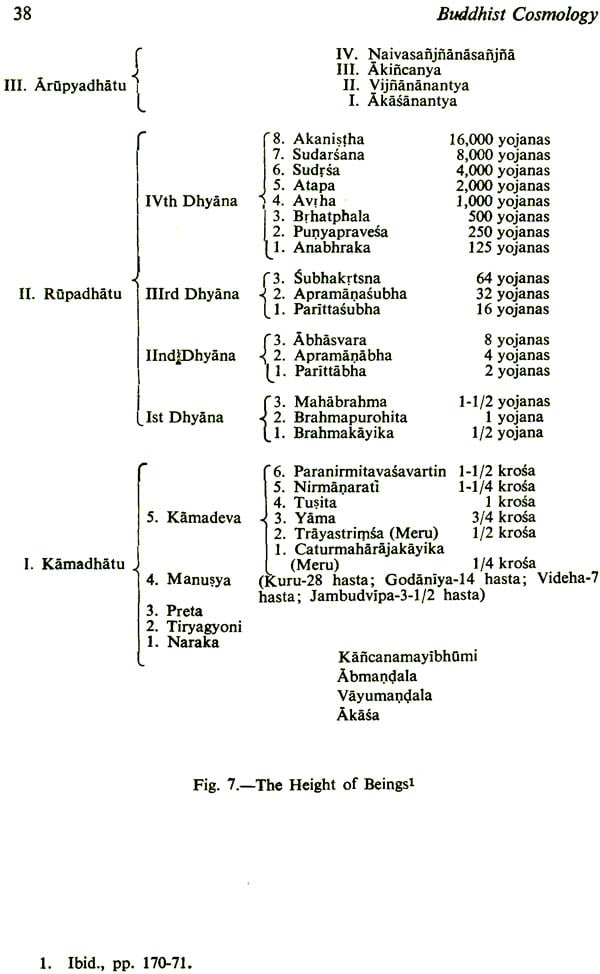
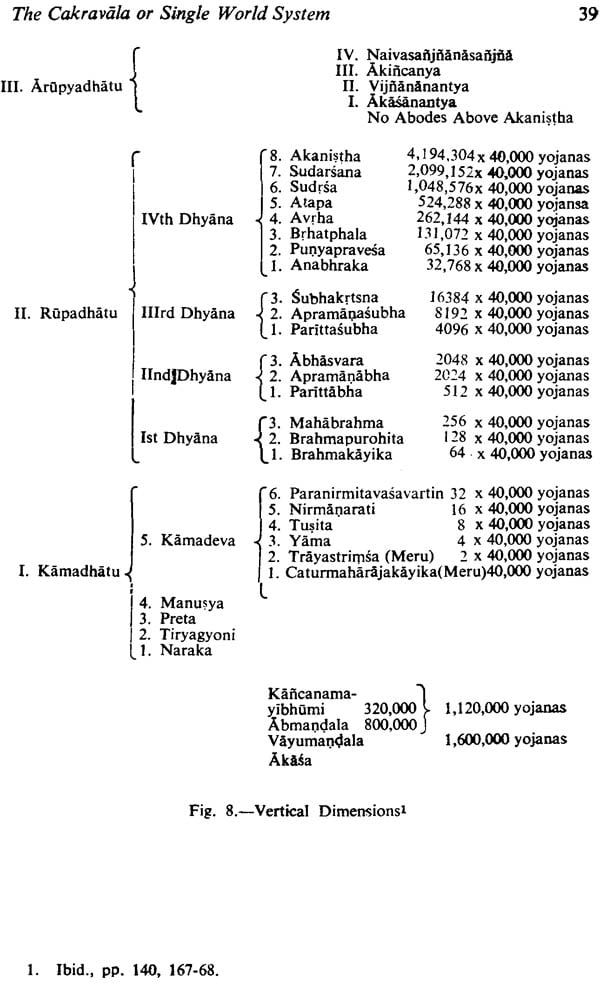



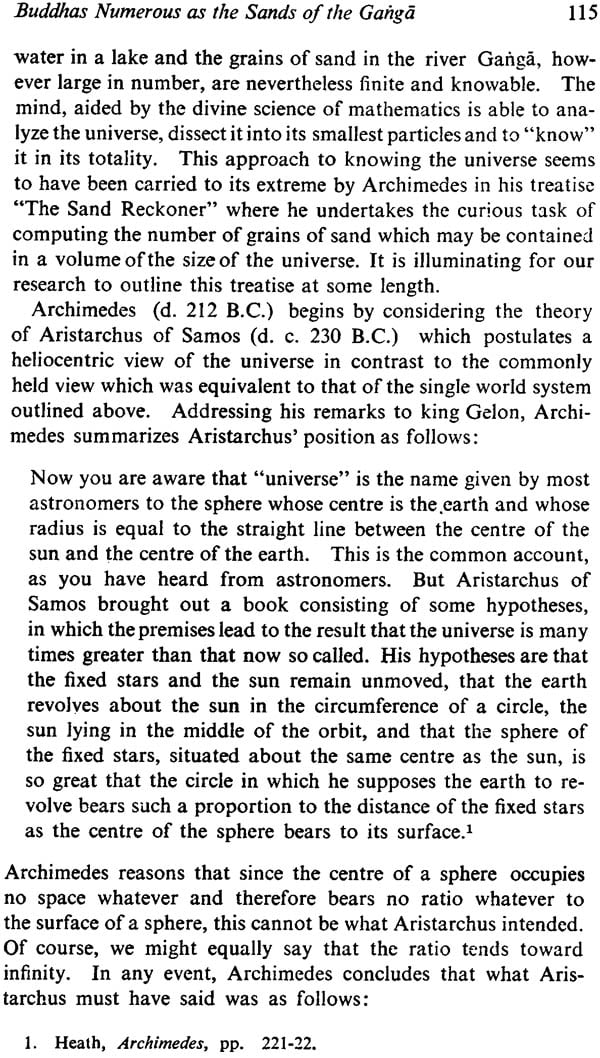


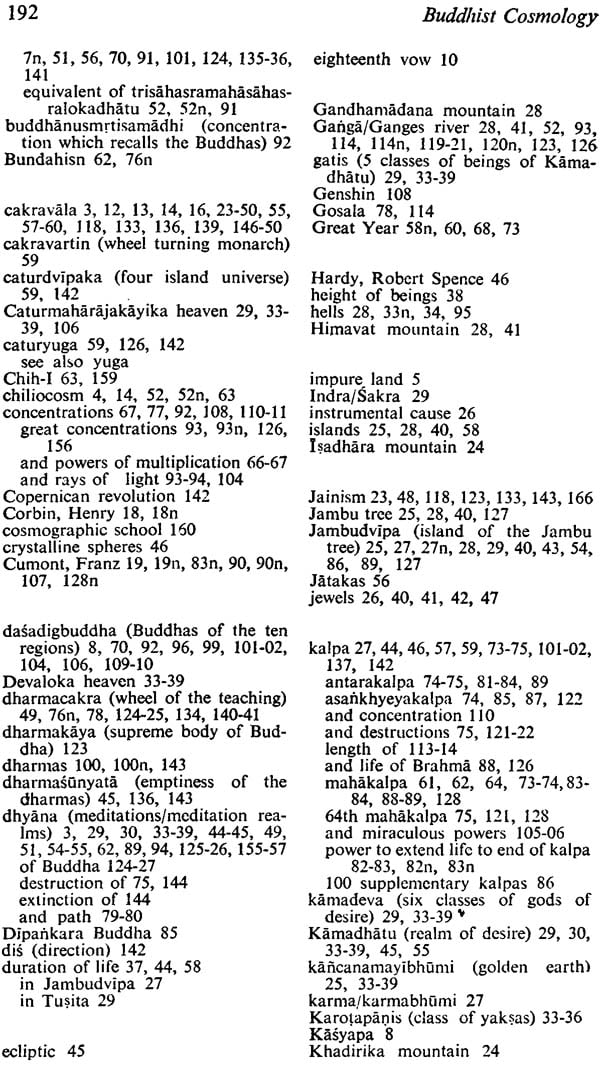
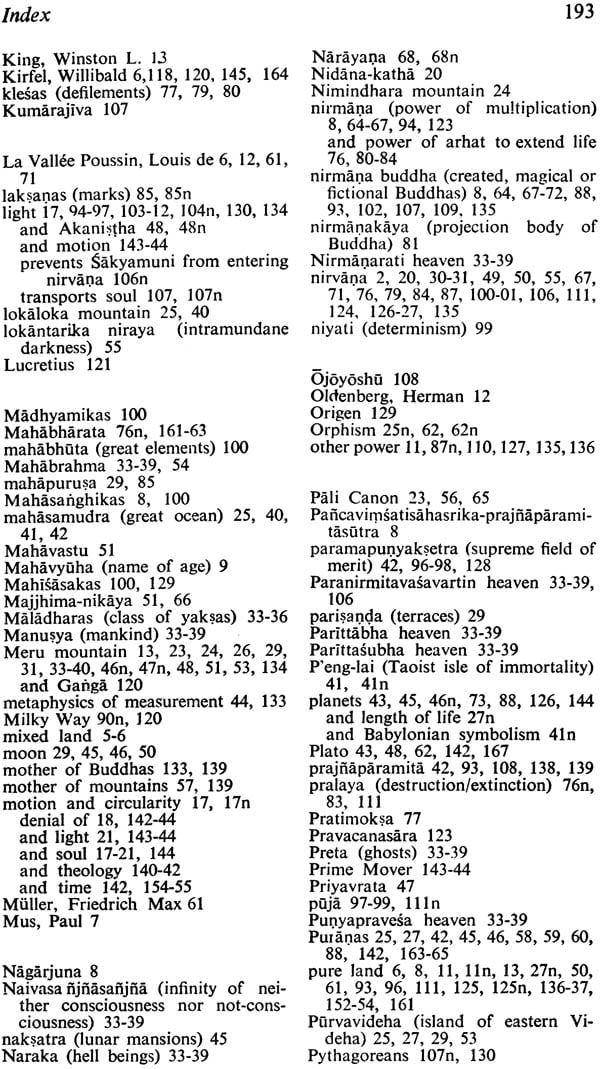
Delivery and Shipping Policy
- INTERNATIONAL SHIPPING
- Rs.1000-1100/kg
- ESTD. Delivery Time: 2-3 weeks (depending on location)
- Bubble Wrapped with Extra Padding
- NATIONAL SHIPPING
- NCR: Rs. 30/half kg
- Standard: Rs. 80/half kg
- Express shipments also available on Request
- ESTD. Delivery Time: Ranging from 1-4 days up to 7 business days (Depending on your choice of Delivery)
- TRACKING
- All orders; national or international, will be provided with a Tracking ID to check the status of their respective orders
- Depending on the Shipping Service, Tracking ID may be used on their respective tracking portals
Frequently Asked Questions (FAQs)
Domestic Shipping: 3-4 Days (after shipping)
International Shipping: 1-2 weeks (based on your location)
You will receive an email once your order has been shipped or you can email us if you didn't receive tracking details (info@mlbd.co.in)
Every book that we sell is the latest edition except all the rare books
Yes, we do provide free shipping, only on domestic orders (within India) above Rs.1500



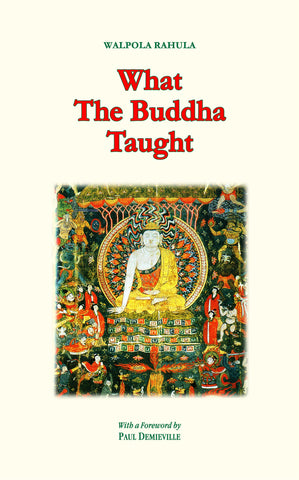
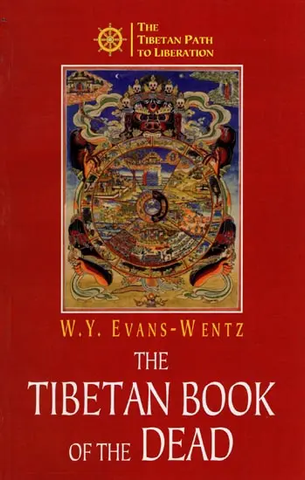
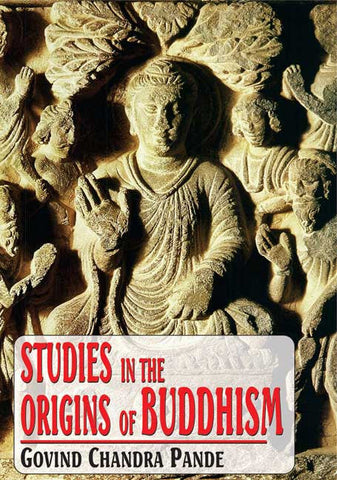
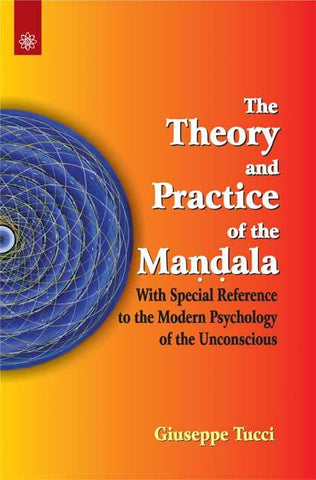
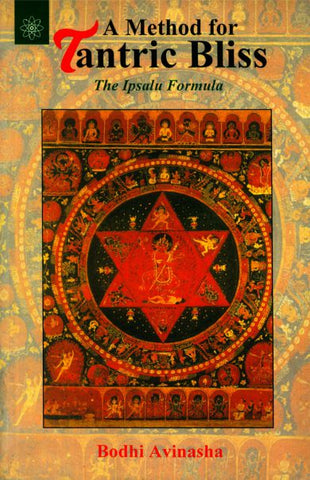

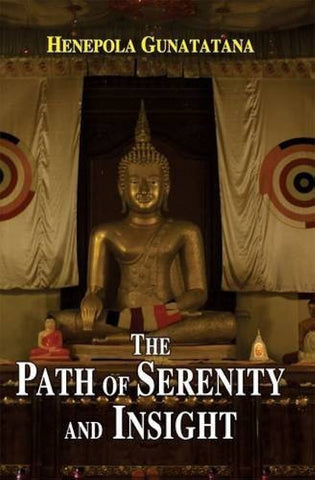
![The Rishukyo [Buddhica Britannica Vol.3]: The Sino-Japanese Tantric Prajnaparamita in 150 Verses (Amoghavajra's Version)](http://www.motilalbanarsidass.com/cdn/shop/products/RISHUKYO_large.jpg?v=1675417651)
